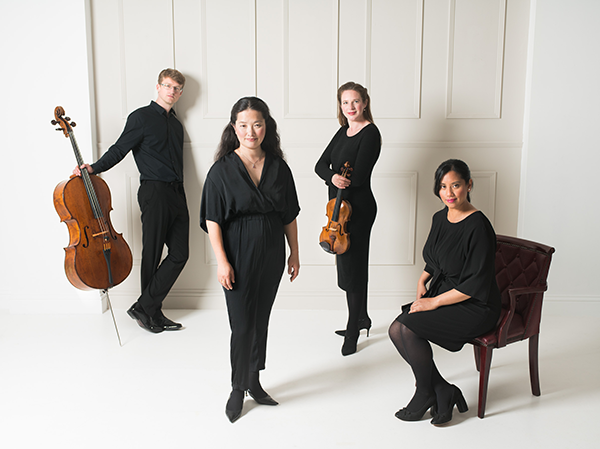Deformation to the Normal Cone and Pseudo-Differential Calculus
Abstract
Lie groupoids are closely connected to pseudo-differential calculus. On a vector bundle considered as a `commutative Lie groupoid' (i.e. as a family of commutative Lie groups), they can be treated using the Fourier transform. In this talk, we explore the extension of this idea to the noncommutative space by employing the tubular neighborhood construction and subsequently adopting a global approach through the introduction of deformation to the normal cone (groupoid). By utilizing this groupoid, we can construct the analytic index of pseudo-differential operators without relying on pseudo-differential calculus.
Furthermore, through the canonical construction of the space of functions with Schwartz decay, pseudo-differential operators on a manifold can be represented as an integral associated with smooth functions on the deformation to the normal cone. This perspective provides a geometric characterization that allows for the direct proof of fundamental properties of pseudo-differential operators.


